Dinosaurs never really went extinct—they just got better at hiding. Some of their closest relatives are walking, flying, and slithering among us right now.
Imagine looking into the eyes of a modern-day dinosaur. You don’t have to travel back in time; just visit your nearest swamp, jungle, or even your backyard. From towering birds to armored reptiles, these ancient survivors have been perfecting their game for millions of years.
Crocodiles, cassowaries, and even the humble chicken all carry the legacy of the prehistoric giants that once ruled the Earth. Some have barely changed, while others have evolved in surprising ways. Either way, they prove that the dinosaur age never really ended.
Get ready to meet 20 creatures that are more Jurassic than you’d ever expect—living, breathing proof that dinosaurs are still among us.
American Alligator

The American Alligator is a fascinating creature found mainly in the southeastern United States. With its powerful build, this member of the crocodilian family closely resembles its prehistoric ancestors.
These alligators can grow up to 13 feet long and weigh over 1,000 pounds, making them formidable predators in their marshy habitats. Their diet includes fish, birds, and other small animals, showcasing a dynamic hunting strategy.
Known for their ability to adapt to various environments, American Alligators thrive in wetlands, rivers, and lakes, displaying remarkable resilience akin to their ancient forebears.
Tuataras
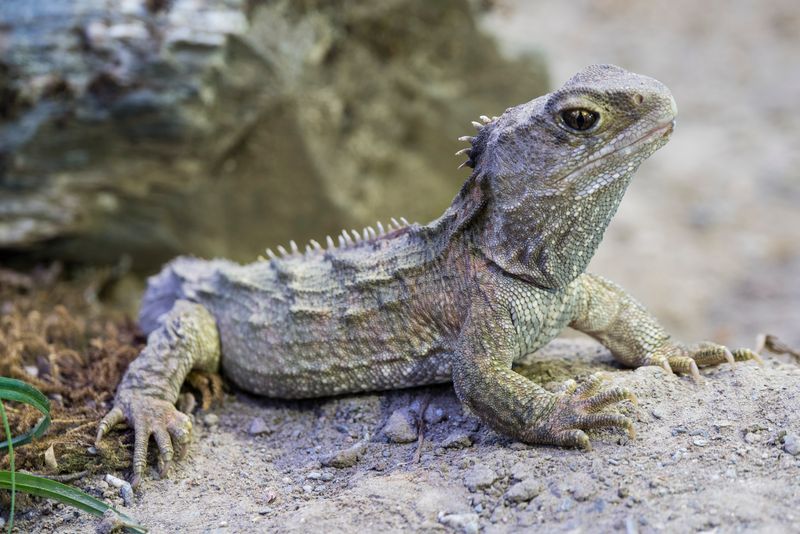
Tuataras are reptiles native to New Zealand, often mistaken for lizards. They belong to a lineage that dates back to the dinosaur era.
With a spiny crest along their back and a unique jaw structure, tuataras exhibit characteristics reminiscent of their ancient relatives. Living on isolated islands, they have survived with minimal changes for millions of years.
These creatures have a slow metabolism and long lifespan, with some living over a hundred years. As nocturnal hunters, their diet consists of insects, eggs, and small animals, sustaining them in their natural habitat.
Sandhill Crane
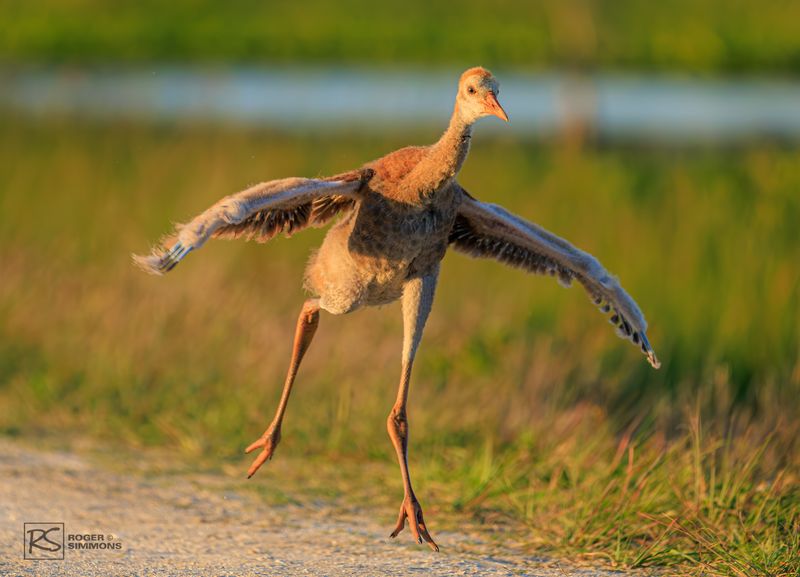
The Sandhill Crane is a majestic bird that shares a distant connection with the dinosaurs. Standing tall with its long legs and neck, it exudes an almost ancient elegance.
Found across North America, these cranes migrate long distances, showcasing a fascinating survival instinct. Their breeding displays involve elaborate dances, an enchanting sight to behold.
With a varied diet of plants, grains, and small animals, Sandhill Cranes have adapted to diverse environments. Their haunting calls echo through wetlands, adding an ancient ambiance to modern landscapes.
Green Sea Turtle
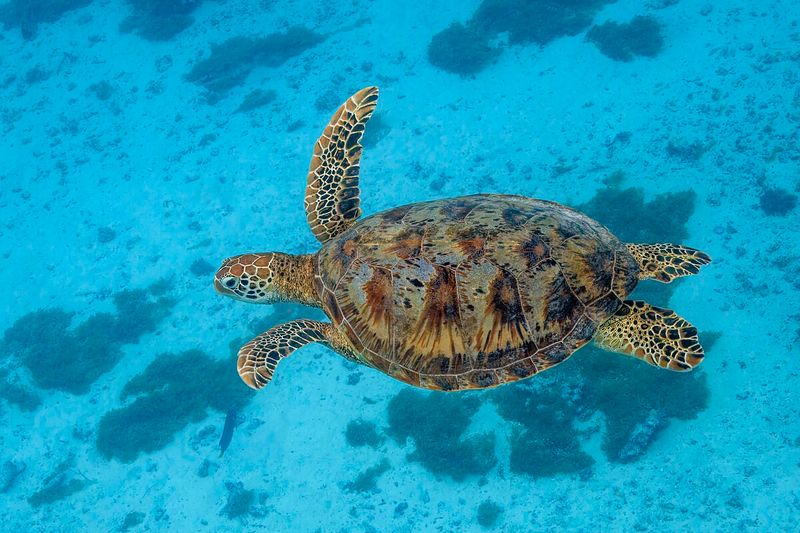
Green Sea Turtles have roamed the oceans for millions of years, making them living relics of a prehistoric past. With their streamlined bodies and powerful flippers, they glide gracefully through the water.
Found in tropical and subtropical seas, these turtles migrate vast distances to feed and nest. Their diet mainly consists of seagrass and algae, essential to maintaining healthy marine ecosystems.
Facing threats from habitat destruction and pollution, conservation efforts are vital for their continued survival. Green Sea Turtles symbolize resilience and the enduring legacy of ancient oceanic life.
Komodo Dragon

Komodo Dragons are the largest living lizards, reigning supreme on the Indonesian islands where they reside. Their fearsome appearance and behavior echo their ancient ancestors.
These reptiles can grow over 10 feet long and weigh up to 150 pounds, making them formidable hunters. Their diet includes deer, pigs, and even other dragons, showcasing their prowess as apex predators.
With a keen sense of smell and a venomous bite, Komodo Dragons are efficient hunters, reflecting the survival traits of their long-lost relatives in the dinosaur age.
Emperor Penguin
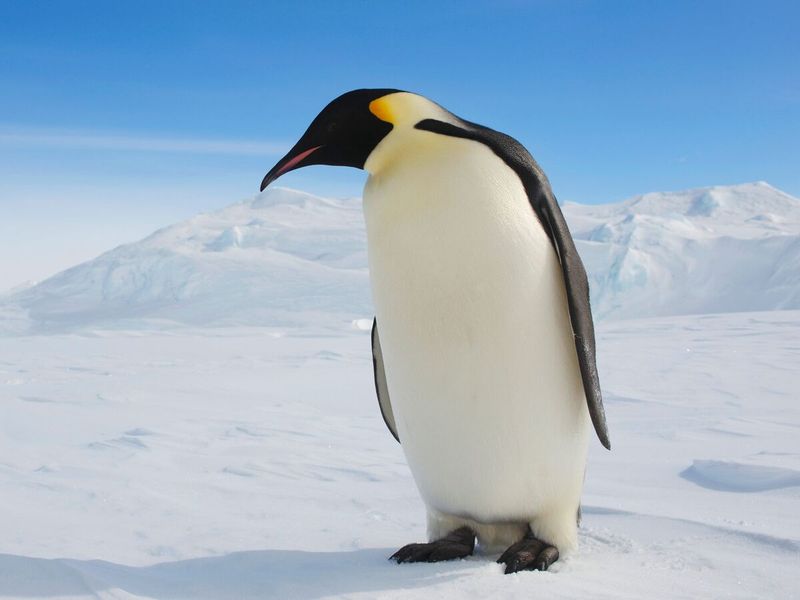
Emperor Penguins, the largest of all penguin species, thrive in the harsh Antarctic environment. Their stature and behavior provide a glimpse into dinosaur-like resilience.
These flightless birds are skilled swimmers, diving deep to catch fish and squid, exhibiting remarkable adaptability. Their communal nesting practices involve huddling together to withstand frigid temperatures.
With a diet rich in marine life, they play a crucial role in the Antarctic ecosystem. Emperor Penguins symbolize survival against adversity, embodying traits that have persisted since the age of dinosaurs.
Great White Shark
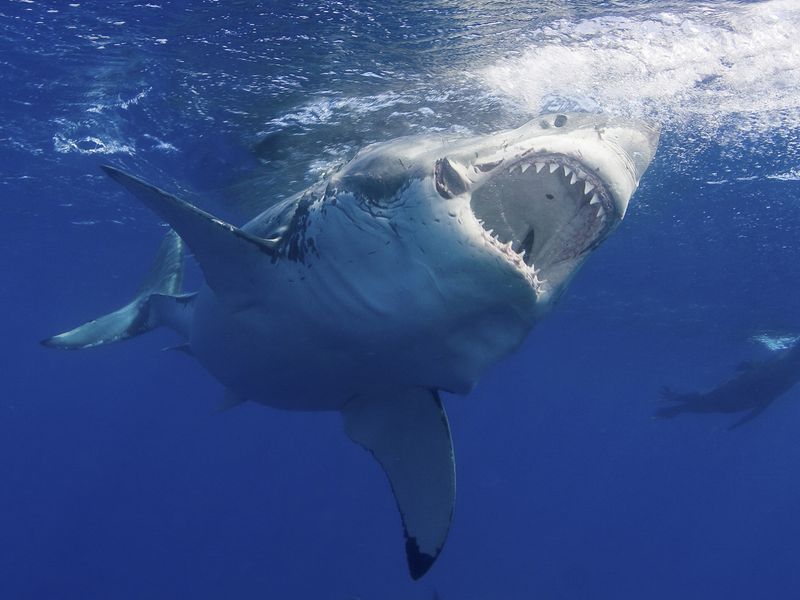
The Great White Shark stands as one of the ocean’s most formidable predators, with a lineage tracing back to the dinosaurs. Its powerful build and hunting prowess evoke images of ancient marine giants.
Found in coastal waters around the world, these sharks are known for their speed and agility, hunting seals, fish, and other marine life. Their keen senses make them adept at detecting prey from afar.
As apex predators, they maintain balance in marine ecosystems, embodying a legacy of survival and adaptation that spans millions of years.
Ostrich
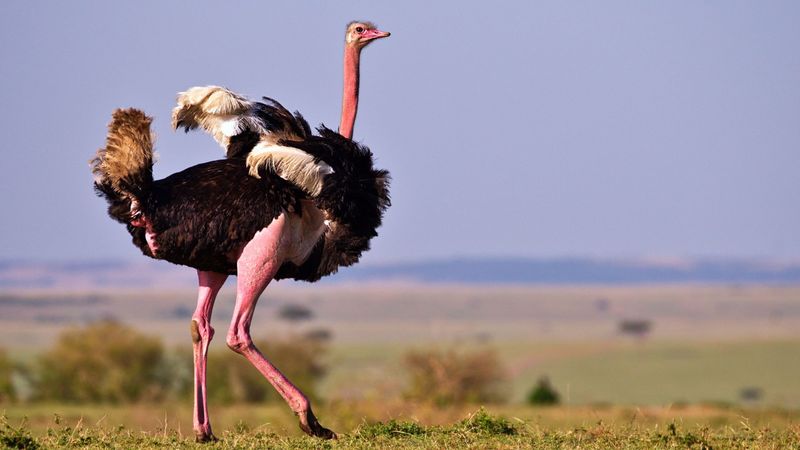
The Ostrich, the world’s largest bird, showcases traits that harken back to prehistoric times. With its long legs and flightless nature, it occupies a unique niche in the avian world.
Native to Africa, ostriches thrive in open savannahs, where they can run at impressive speeds to evade predators. Their diet includes plants, seeds, and insects, supporting a well-rounded nutritional intake.
Known for their curious and social behavior, ostriches form groups that enhance their survival. They symbolize an enduring connection to ancient avian ancestors that once roamed the earth.
Cassowary
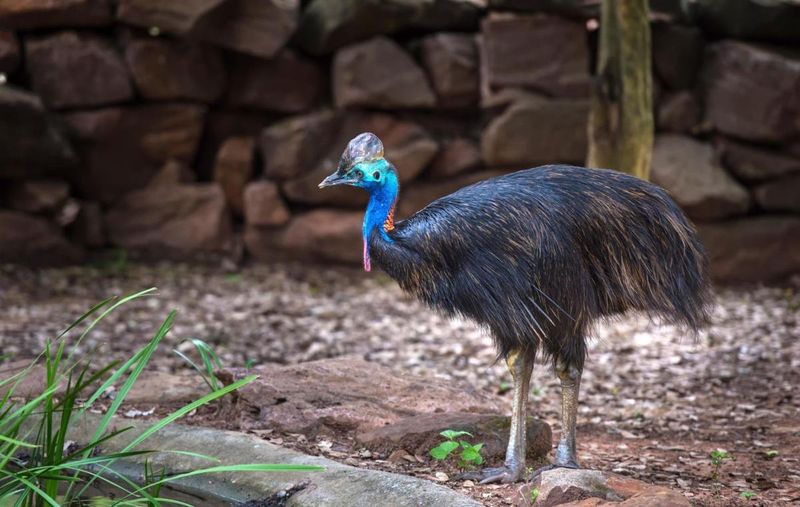
Cassowaries are large, flightless birds native to the rainforests of Australia and New Guinea. Their striking appearance and behavior are reminiscent of prehistoric birds.
With a vivid blue neck and helmet-like casque, cassowaries navigate dense forest terrain with ease. Their diet includes fruits, seeds, and small animals, contributing to forest regeneration.
Known for their solitary nature, they can be elusive, yet their presence is vital to their ecosystem. Cassowaries embody the mysteries of ancient avian life, still thriving in modern times.
Pelican

Pelicans, with their distinctive large bills and pouches, have a lineage that connects them to ancient avian ancestors. These birds are found across the globe, often near coasts and wetlands.
Their fishing technique involves diving from the air to scoop up fish, a skill refined over millennia. Their communal nesting habits foster strong social bonds.
Pelicans play an integral role in their ecosystems, controlling fish populations and maintaining balance. Their graceful flight and unique appearance continue to captivate, offering a living link to avian history.
Bald Eagle
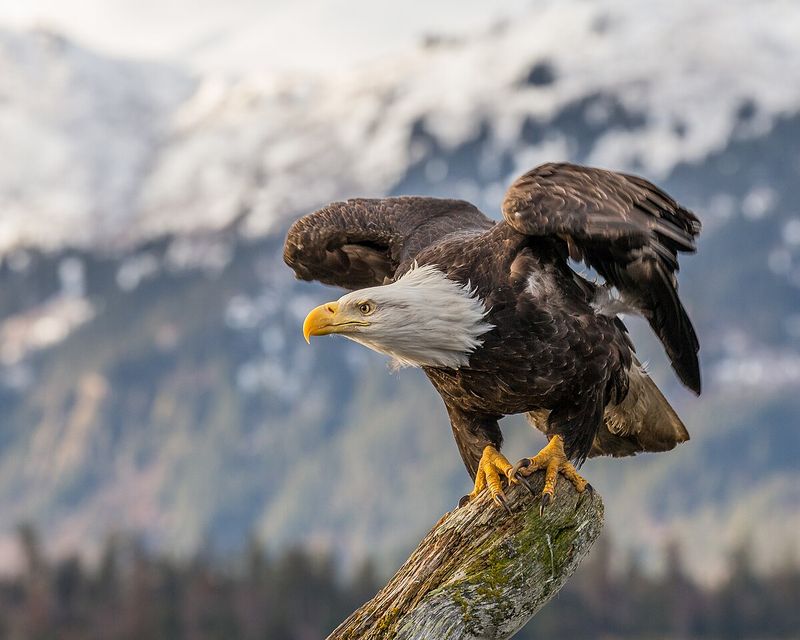
The Bald Eagle, a symbol of strength and freedom, connects to ancient avian roots with its regal presence. Found across North America, these birds of prey command the skies.
With a wingspan reaching up to 7 feet, they glide effortlessly, hunting fish and small mammals with precision. Their striking appearance and powerful talons embody the essence of a top predator.
Bald Eagles play a key role in maintaining ecological balance, representing the legacy of avian evolution. Their enduring presence continues to inspire awe and admiration.
Gharial
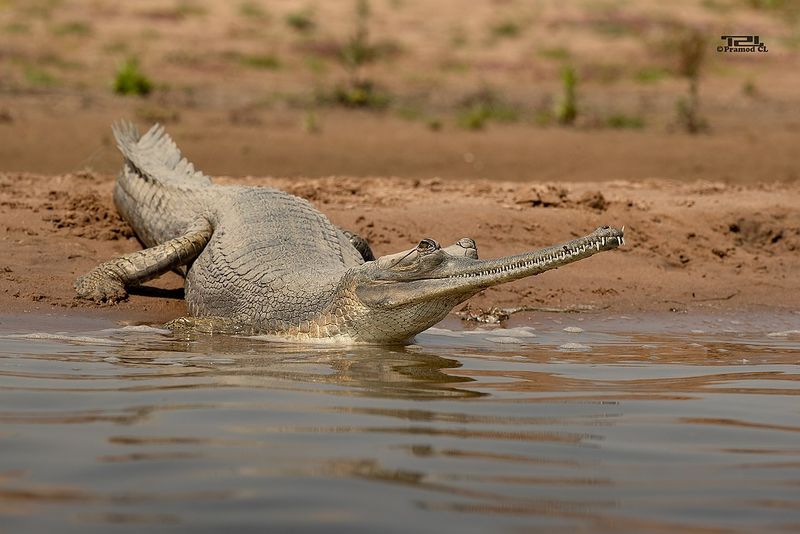
Gharials, with their unique long snouts, are crocodilian relatives that have persisted since ancient times. Found in the rivers of India and Nepal, they possess a distinct appearance.
Their elongated jaws filled with sharp teeth are perfectly adapted for catching fish, their primary diet. Gharials are shy and elusive, preferring the tranquility of slow-moving waters.
Conservation efforts are crucial for their survival, as their populations have dwindled. These fascinating creatures embody the resilience of ancient aquatic life, continuing to navigate the modern world.
Horseshoe Crab
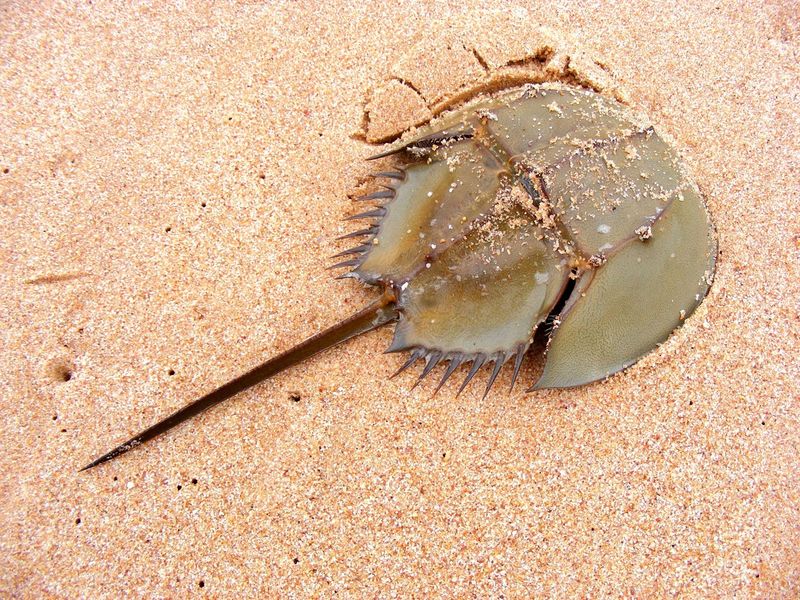
Horseshoe Crabs are living fossils with a history spanning over 450 million years. Found along the Atlantic coast and in Asia, they are remarkable survivors.
Their hard exoskeleton and long spiky tail set them apart, resembling ancient marine arthropods. Horseshoe Crabs play a vital role in the ecosystem, with their blue blood used in medical testing.
Despite their ancient lineage, they face modern threats, emphasizing the need for conservation. These creatures offer a tangible connection to Earth’s prehistoric oceans, surviving through the ages.
Spoonbill
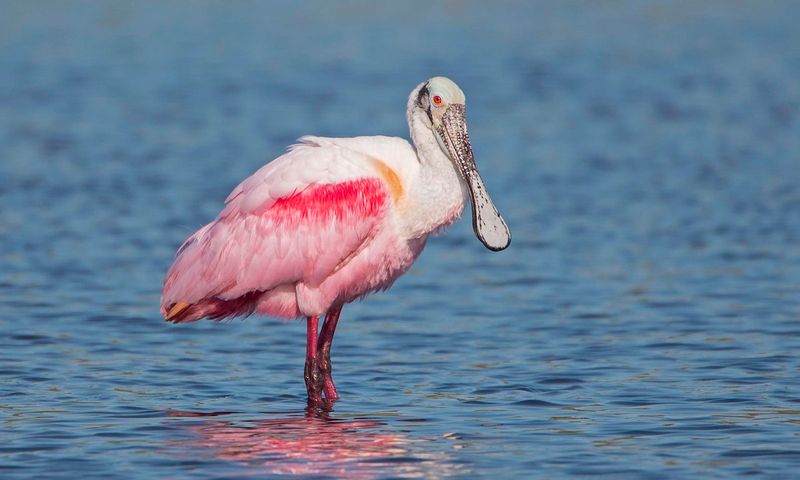
Spoonbills, with their distinctive spoon-shaped bills, trace their ancestry back to ancient birds. Found in wetlands worldwide, they are renowned for their foraging skills.
These birds sweep their bills side to side in the water, capturing small fish and crustaceans. Their vibrant plumage and graceful movements create a spectacular sight in their natural habitat.
Spoonbills contribute to the health of wetland ecosystems, maintaining biodiversity. Their continued presence highlights the enduring legacy of avian evolution, echoing the prehistoric past.
Rhea

Rheas are large, flightless birds native to the grasslands of South America. With their long legs and swift running ability, they embody traits of ancient avian relatives.
These birds forage in groups, feeding on plants, seeds, and insects, reflecting a diet adapted to their environment. Their social structure enhances their survival, deterring predators in the open plains.
Rheas play a crucial role in their ecosystem, fostering grassland health. Their enduring presence is a testament to the legacy of prehistoric birds that once roamed the earth.
Crocodile
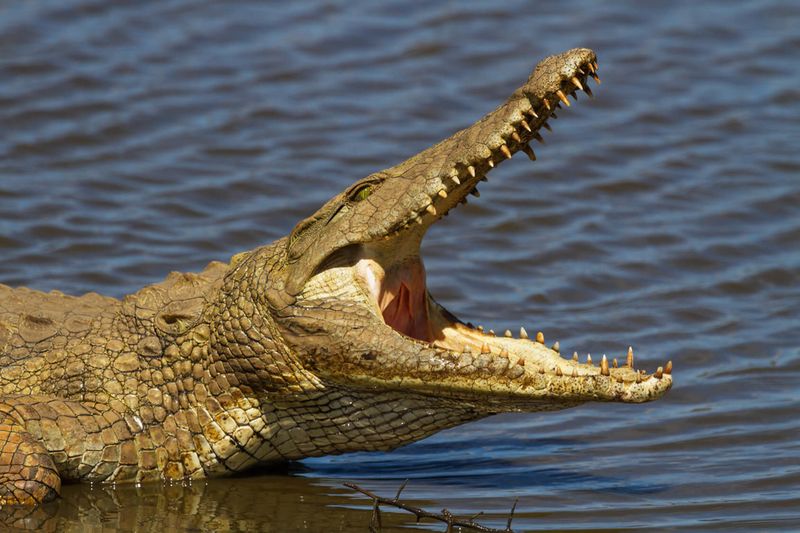
Crocodiles are formidable reptiles with an ancestry linked to the age of dinosaurs. Found in tropical regions across the globe, they are apex predators in their habitats.
With powerful jaws and a stealthy approach, they hunt fish, birds, and mammals, showcasing their adaptability. Crocodiles have a unique ability to regulate their body temperature, enhancing their survival.
As ancient survivors, they play a vital role in maintaining ecological balance. Their continued dominance is a powerful reminder of the resilience of prehistoric reptiles.
Cockatoo
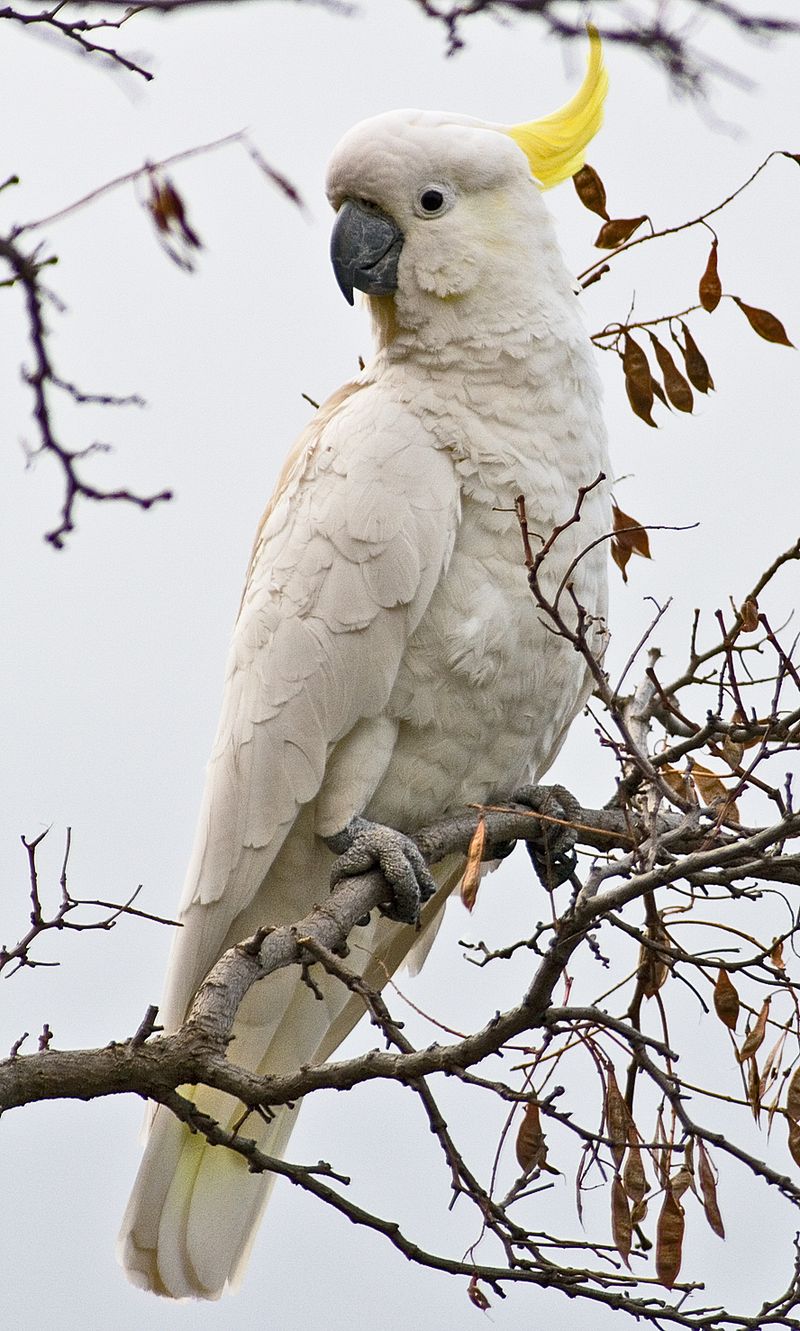
Cockatoos are charismatic parrots found in Australia and nearby islands, with a lineage linked to ancient avian ancestors. Their colorful plumage and expressive crests are captivating.
Known for their intelligence, cockatoos exhibit complex social behaviors and problem-solving skills. They thrive in diverse habitats, from rainforests to open woodlands.
Their diet consists of seeds, fruits, and insects, playing a role in seed dispersal. Cockatoos embody the lively spirit of avian evolution, bridging the gap between past and present.
Iguana
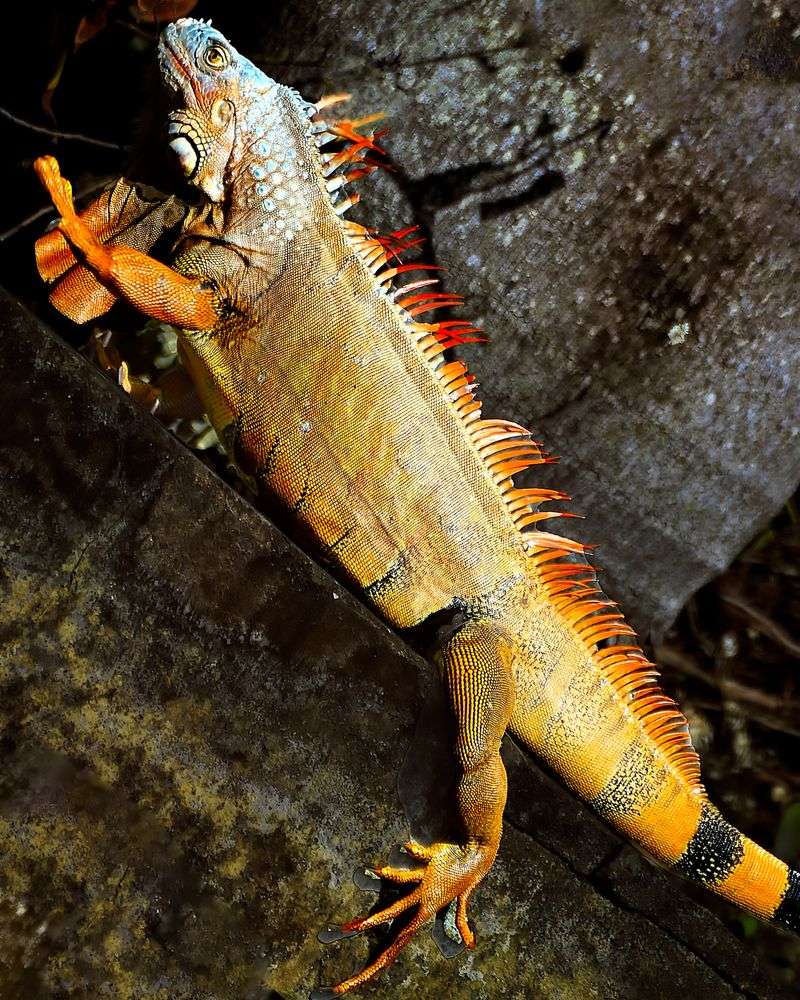
Iguanas are large, herbivorous lizards found in Central and South America. With their spiky crests and vibrant colors, they evoke images of prehistoric reptiles.
These reptiles are adept climbers, often seen basking in the sun to regulate their body temperature. Their diet primarily includes leaves and fruits, supporting forest ecosystems.
Iguanas symbolize adaptability and survival, thriving in diverse environments. Their striking appearance and ancient lineage make them a fascinating connection to the reptilian world of the past.
Anhinga
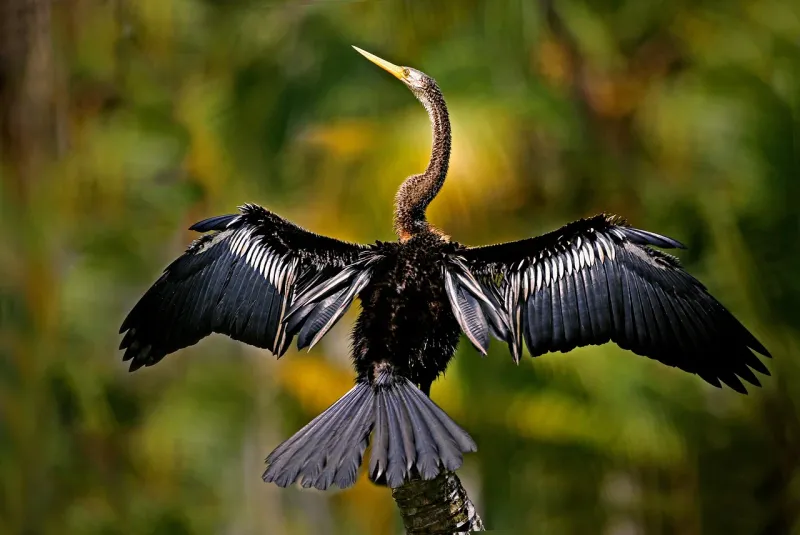
Anhingas, also known as “snakebirds,” are aquatic birds with a lineage tied to ancient avian ancestors. Found in warm, shallow waters, they are skilled swimmers and hunters.
With their long necks and sharp bills, anhingas spear fish with precision. After diving, they spread their wings to dry, a distinctive behavior that aids in thermoregulation.
These birds play a role in controlling fish populations, maintaining ecological balance. Their presence in wetlands is a living testament to the adaptability and tenacity of ancient birds.
Frigatebird
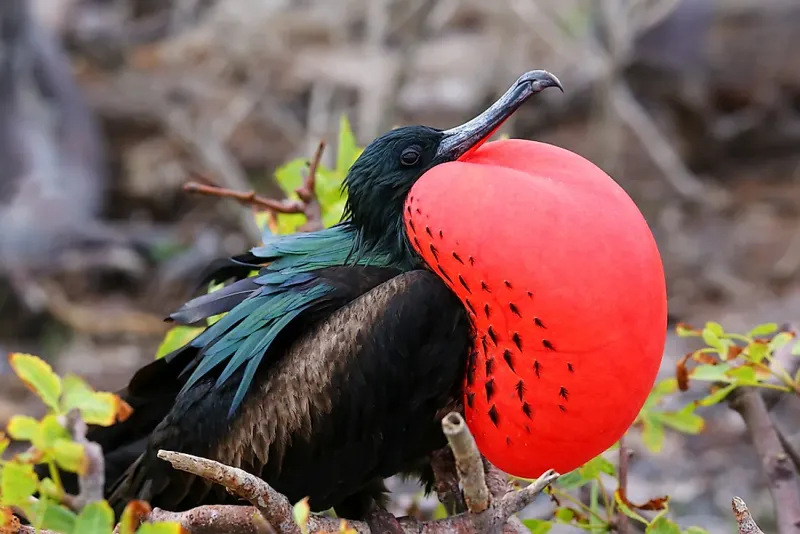
Frigatebirds are magnificent fliers with a lineage linked to ancient seabirds. Found in tropical oceans, they are known for their extraordinary aerial abilities.
With long wings and forked tails, they effortlessly glide for hours, often stealing food from other birds. Their distinctive red throat pouch inflates during breeding displays.
Frigatebirds play a role in marine ecosystems, engaging in a unique form of feeding behavior. Their agile flight and striking appearance connect us to the world of prehistoric avian giants.

